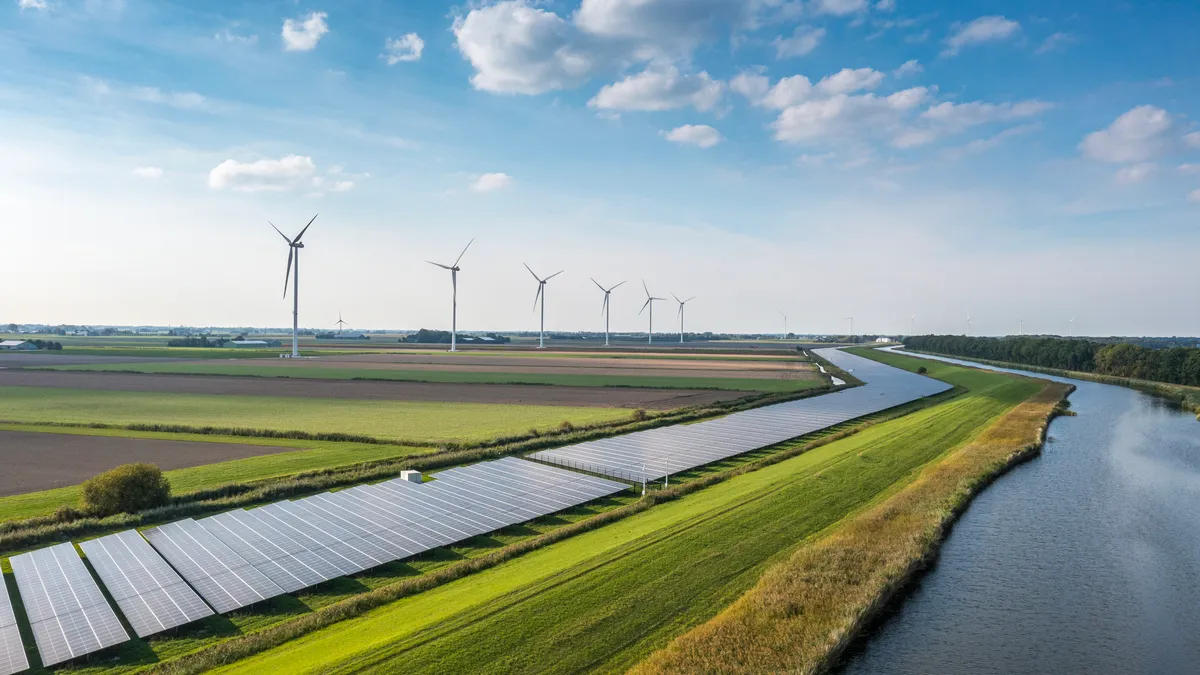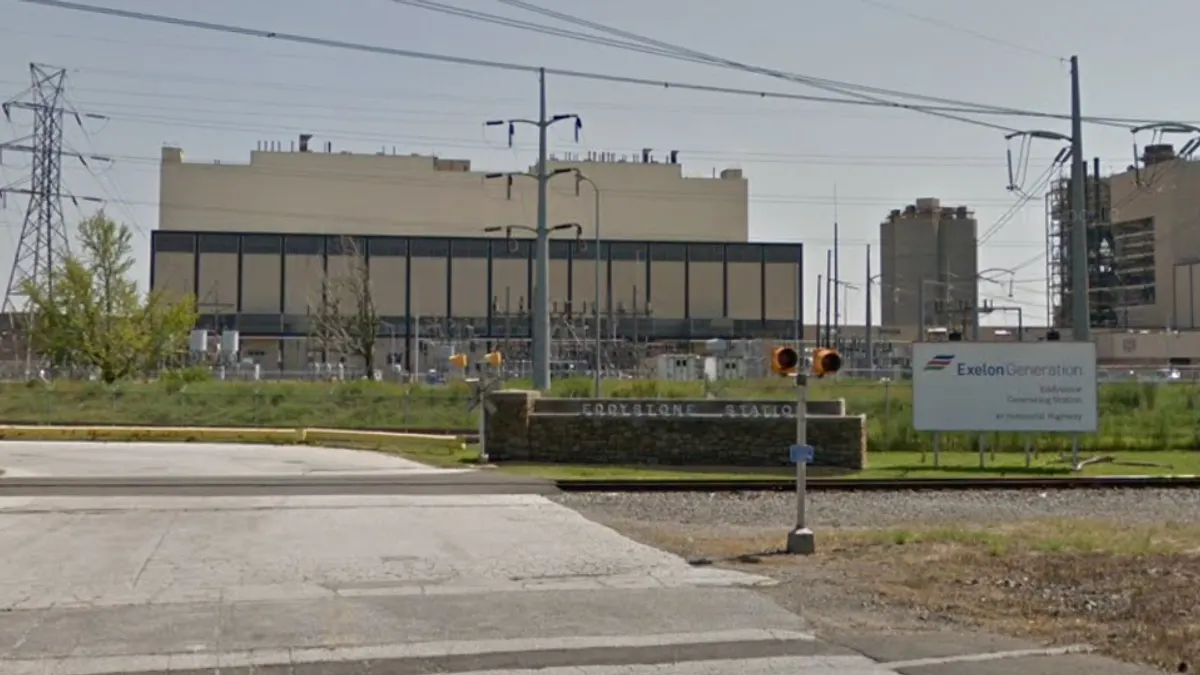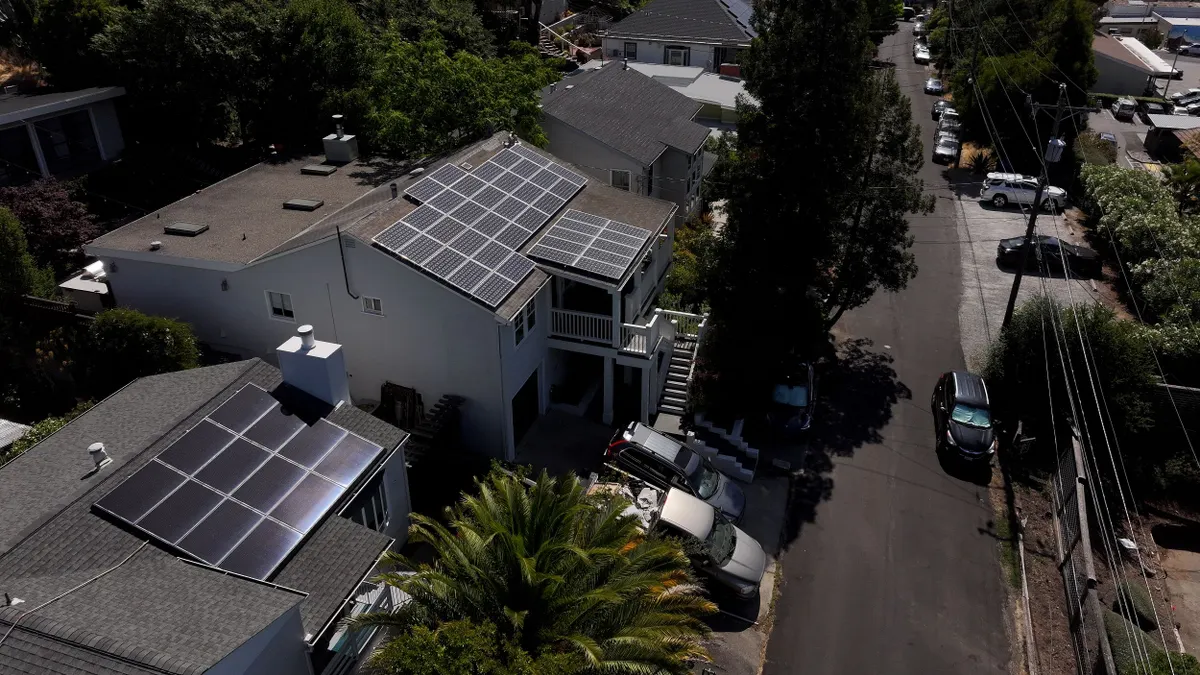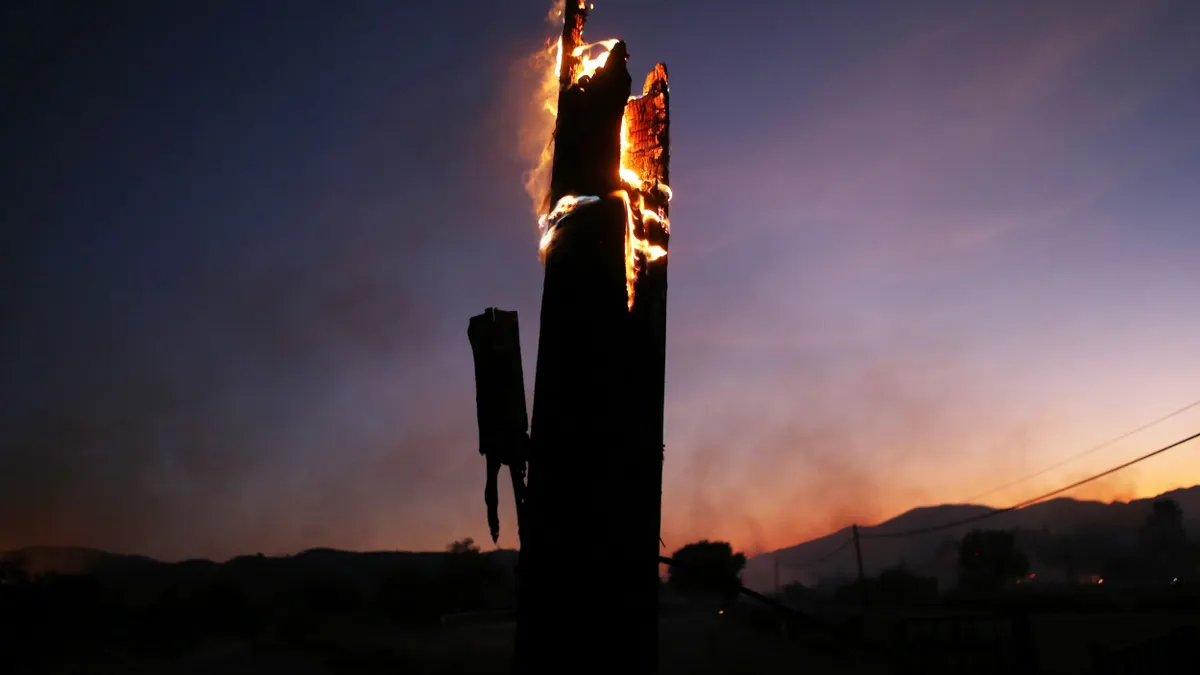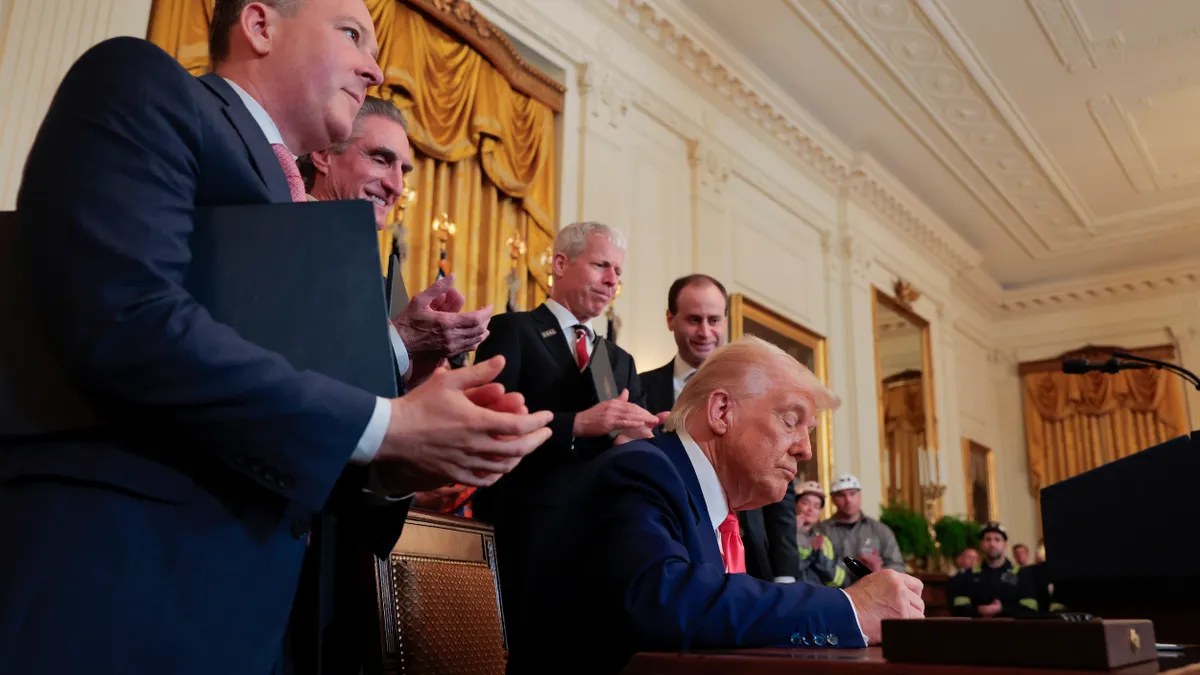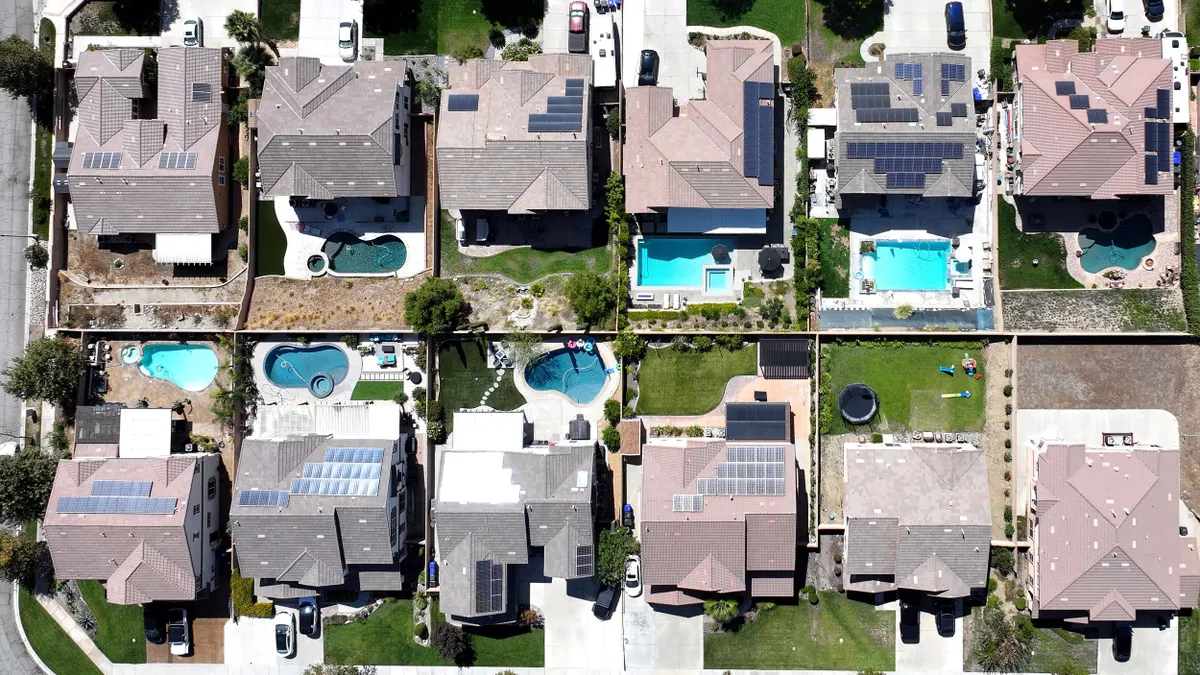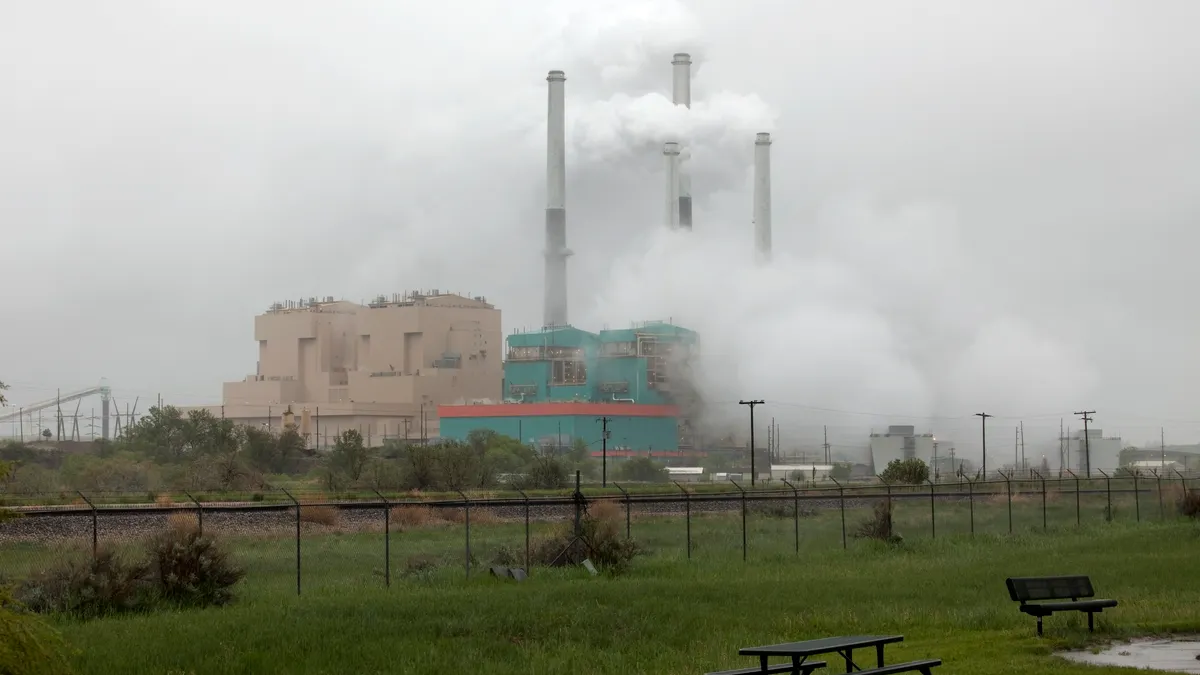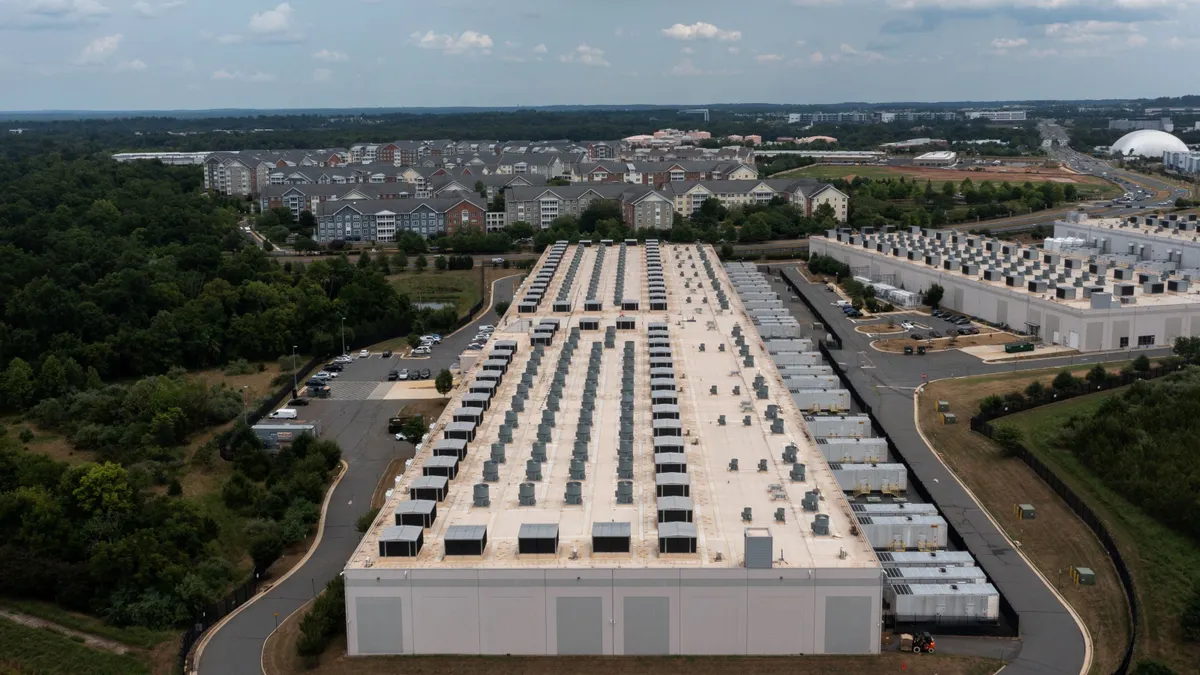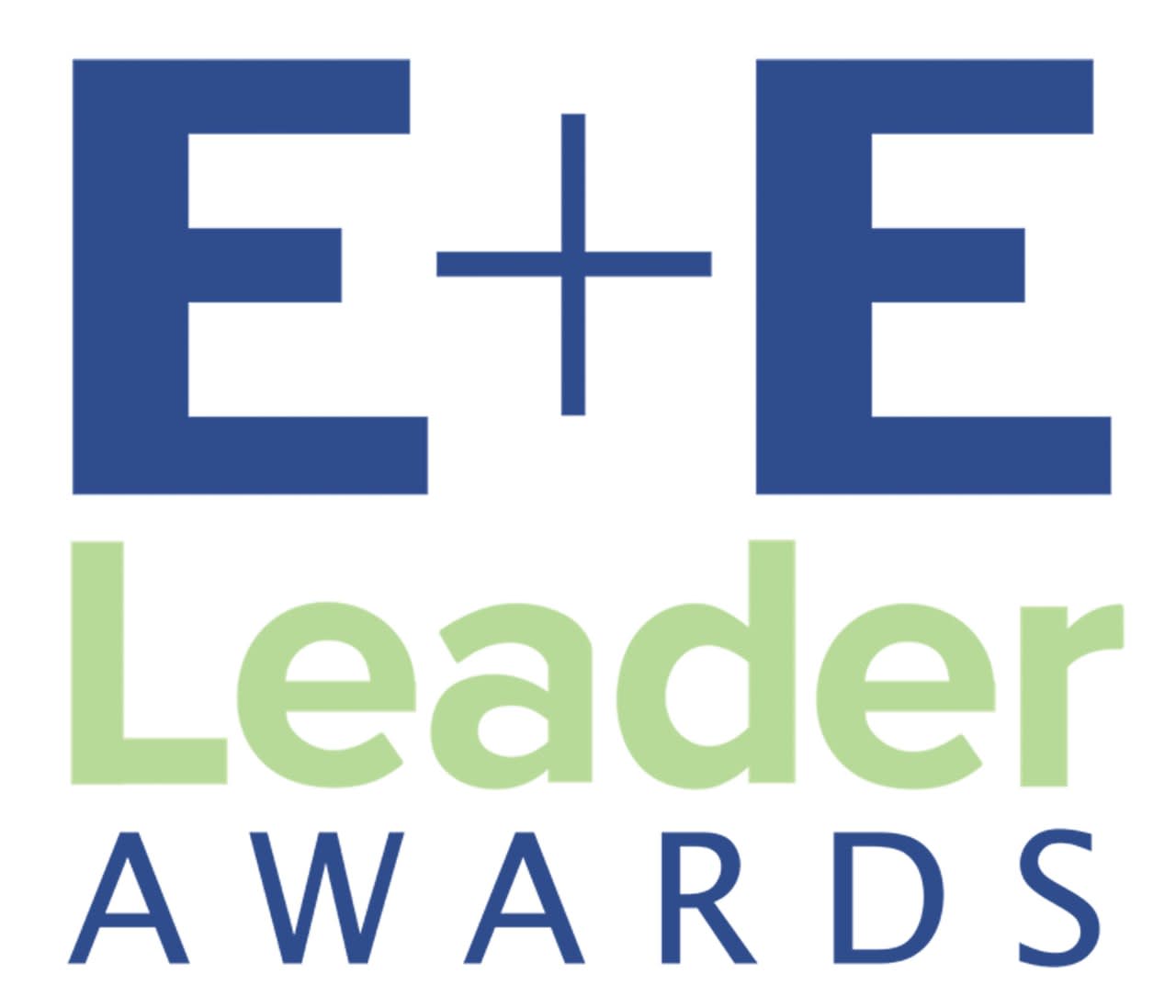Natasha Dowling is vice president, sustainability leader & account executive, resources & energy transition, Capgemini Americas
U.S. utilities are at an interesting inflection point. Governmental and consumer pressure to decarbonize has propelled companies to accelerate their sustainability initiatives and introduce new business models. Although global warming is threatening all companies, the electric utility industry is arguably one of the few at the heart of America’s decarbonization agenda.
The distribution and transmission infrastructure across the country is in dire need of modernization. Utilities must invest billions to enhance grid resiliency, accommodate the bi-directional flow of energy, and adapt rate structures to account for time of use and type of use. The magnitude of the change is overwhelming.
Among the key pillars supporting electric utilities’ new business models is the ability to distribute cleaner energy safely, affordably and reliably to all customers. Infrastructure, change management and customer experience, or CX, barriers are currently delaying companies from distributing clean energy across our nation’s electric grid. Let’s explore the main issues and solutions that leaders should consider during this pivotal, market-defining time.
Infrastructure
It’s no secret that the United States has been grappling with legacy grid infrastructure. That’s why the bipartisan infrastructure law and the Inflation Reduction Act were introduced to provide historic federal investment in electric grid enhancements and the clean energy economy.
Although we are focusing on clean energy transmission and distribution issues, before we dive into the infrastructure setbacks, we should first acknowledge that America currently does not generate nearly enough clean energy. In 2022, nuclear energy and renewables accounted for just 18% and 21.5% of Americas’ utility-scale electricity generation. On the other end of the generation spectrum, distributed energy resources provided from consumers’ solar panels, EVs and other sources may soon overwhelm the grid with surges of electric generation it cannot handle, as well as present drastic changes in consumers’ grid reliance that utilities also cannot keep up with.
From a distribution standpoint, grid infrastructure is extremely outdated. The majority of America's electric grid was constructed in the 1960s and 1970s. This has led to costly repair issues and in turn, unreliable service. Therefore, modernizing the grid with technologies and capabilities like IoT sensors, software-defined control systems, AI, energy automation services and smart meters is essential — but extremely challenging. We are years away from achieving the government’s goal of a national smart grid.
Change management
While we did not have sophisticated modeling tools at the turn of the 20th century to assess the environmental impact of the groundbreaking invention of the gas-combustible automobile, we have them now, and we need to use them to assess the impact of the clean energy movement. Can we predict the unintended consequences and prepare countermeasures? Have we looked at and are we continually looking at the global impacts from sourcing raw materials to end of useful life and decommissioning and recycling — whether that is solar panels, windmill blades, motors or other equipment?
As utilities embark on modernization journeys, they will need employees with new and/or enhanced skills. The requirement for technical, mechanical and technological skills is currently needed across the industry — and will only grow as the country transitions to cleaner energy sources and implements smart grid technology. As a result of this shift, many utilities have designed their own training programs and are working with their local colleges and universities to modernize programs to meet the evolving needs.
CX
The walls separating electric utilities and their consumers are breaking down with each passing year. Today’s tech-savvy, environmentally conscious consumers not only demand smart meters and clean energy options from their utility companies; they’re proactively investing in smart, sustainable home energy solutions.
Nearly 10% of US homeowners had solar panels in 2022 and another 34% stated they were looking into installations, according to the Pew Research Center. Other residential clean energy options like EV charging stations, battery storage and heat pumps are also on the rise — largely due to federal and state clean energy tax credits. Many commercial and industrial clients are following suit. Some of the world’s largest tech companies and manufacturers are investing in solar, wind, geothermal and hydrogen energy — creating their own self-sufficient microgrids and even selling energy to utilities.
While these efforts will help the United States chip away at our national carbon footprint, it also poses unique customer experience challenges for electric utilities. These companies are now dealing with prosumers and must adjust their residential and commercial CX strategies accordingly.
What’s more, utilities will need to rethink their engagement tactics with two distinct customer segments that will shape the future clean energy landscape: low-income households and millennials and Gen Z. Nearly 38 million Americans live at or below the poverty line and do not have the means to invest in residential energy solutions. Working with public and private sector partners, utilities need to deliver broader solutions to alleviate energy poverty among the low-income population and ensure that nearly 12% of the nation will be contributing to the clean energy transition agenda.
Utilities’ other main segment — millennials and Gen Z consumers — also require more attention during this transitional period. This group is arguably the biggest supporter of clean energy and net-zero lifestyles. Utilities must tap into this support and build consumer loyalty by providing millennials and Gen Z customers with the information and tools to adopt affordable clean energy. In many ways, utilities must also educate these younger generations on the importance of the national energy transition agenda not only as customers, but also as potential employees and partners who will help design and build our future grid.
Regardless of consumer segments, utilities must enhance their customer interaction and experiences with all their customers. These companies will play a central role in reshaping American electric consumption patterns and customer behavior, which is why they must provide consumers with greater choice around consumption and conservation through offerings like smart meters and self-service portals — even digital payment channels.
Three years ago, the United States announced its ambition of launching a clean energy-powered electric grid by 2035. Although great strides have been made by the government and private companies since then, there is still much work ahead for electric utilities.
Of the countless challenges facing utility leaders, they arguably must spend more time overcoming infrastructure, change management, and CX barriers than other hurdles on the road to clean grid modernization. The grid infrastructure is severely outdated in most regions, companies are facing a huge upskilling and reskilling challenge in their workforce, and customers are demanding more reliable and affordable clean electricity options — all of which are delaying the nation’s transition to clean energy. Increasing digital investments and enhancing operational tactics will be key to overcoming these issues and ensuring the nation will one day be powered by clean electricity.


